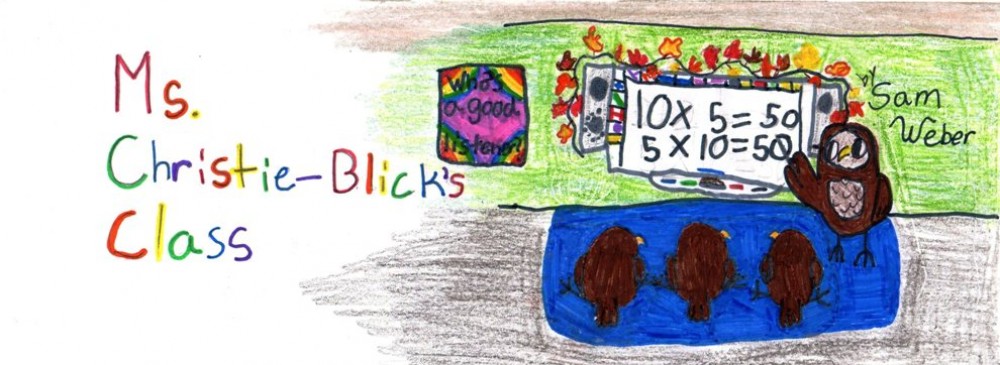
Zebras are white with black stripes, not black with white stripes.
Why do zebras have stripes? To answer this question, you have to think about it scientifically: How might stripes help zebras survive?

Zebras are white with black stripes, not black with white stripes.
We saw many zebras on the savanna of the Serengeti Plain and surrounding areas. It was easy to see the stripey zebras standing in the grasses, so I was confused when Robert, our guide from one of the local tribes, told us that the stripes help camouflage the animal.
Zebras seem to stand out clearly when they're grazing in the grass.

Zebras seem to stand out clearly when they're grazing in the grass.
He explained that the zebras' main enemies were the cats that lived in the area: lion, leopard, and cheetah. When one of these predators came looking for its next meal, it would have a difficult time seeing the outline of the zebra body when the zebra was standing together with the other zebras of the herd.

Zebras will move together when they suspect danger is near.
This is especially true at dawn or dusk, when the light is low. When the zebras are grazing, they may move apart from each other, but when they smell a predator nearby, they all move together and begin to run. Seeing all of the fast-moving stripes makes it even more confusing for the cat!

Zebras will move together when they suspect danger is near.

Stripey zebras can be difficult to see among bushes and trees.
We also saw zebras standing among the trees and bushes. They WERE hard to see! The stripes blended in with the tree branches.

Stripey zebras can be difficult to see among bushes and trees.
Here's another idea. The stripes might help the zebra avoid being bitten by the tsetse fly. These nasty little beasts give a big bite, and their favorite food is blood! They love wildebeest blood, and human blood, but the zebras aren't bothered by them as much.

Zebra: nature's lawn mower!
Zebras act like horses (in pajamas!), spending most of their time eating grass and trotting from here to there. They eat A LOT – even at night. Some nights, sleeping in my tent, I awoke to the sound of munching on the other side of the canvas. It was startling at first because it sounded so close. When I realized it was just zebras, I let the rhythm of the chewing lull me back to sleep. We saw this cute colt (baby zebra) still in our camp the next morning.

Zebra: nature's lawn mower!

Each zebra has its own unique pattern of stripes.
By the way, when you do further reading about these fascinating animals, you may notice that the plural of zebra is "zebra" or "zebras". Both are commonly used. Another interesting fact – no two zebras have the exact same stripe pattern, just as no two people have the same fingerprint. Can YOU tell the difference between two zebras?

Each zebra has its own unique pattern of stripes.

Zebras and wildebeests are often found grazing together.
We often saw wildebeests with the zebras. We asked Robert why they stayed together. He explained that they are interdependent. The zebras eat the older tough grass, leaving exposed the younger tender grass that the wildebeests enjoy. Additionally, zebras feel safer when they're with a large group. Wildebeests benefit by zebras' keen sense of hearing, sight, and smell. They will sound the alarm when there's a predator close by before the wildebeests even realize there's danger near. The wildebeests understand the warning cry made by the zebras so they all start to run. What a great partnership! Think about what might happen if there were no more zebras on the Serengeti. How might it affect the ecosystem?

Zebras and wildebeests are often found grazing together.

Wow! I never knew that no zebras had the same stripes. I never knew it also helps it blend in with it’s surroundings.
-Julia
If the zebras were extinct then the wildebeest could not eat the soft, tender grass underneath and would also go extinct.
I LOVE ZEBRAS WITH ALL MY HEART!!!
DID YOU KNOW THAT ZEBRAS ARE REALLY WHITE WITH BLACK STRIPES??
ZEBRAS AND DOGS ARE MY MOST FAVORITE ANIMAL EVER
Did you now that when a Zebra baby is born it has to look at his mother first and it memerise its mother strips first so it dosent get lost in the herd.
Did you now that all the Zebras strips are all defrent.
I didn't know that Zebras enemies are lions, leopard and cheetah
I didn't know that Zebras like wildebeest blood!
They don’t. Zebras eat only plants, not animals.
It must of been cool to see all of the animals.
Staying in a tent must of been fun.
I never knew that zebra's ate alot.
Wow! I never knew that Zebras were hard to see through bushes! Thats so cool!
Wow! i didn't know that Zebras stripes make them camouflaged